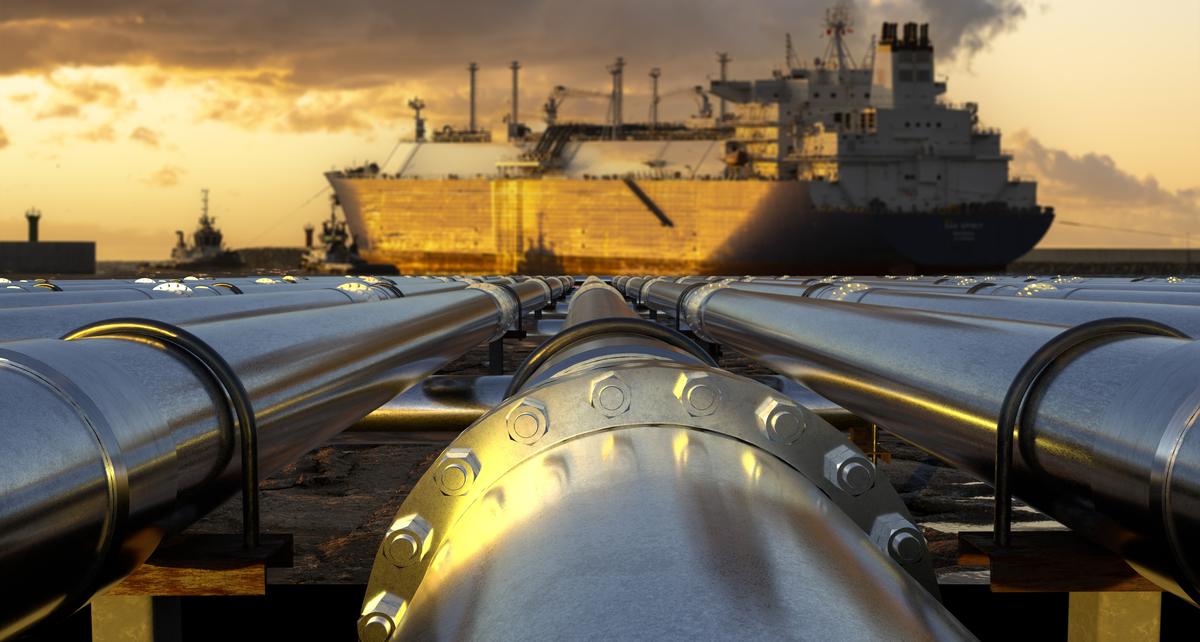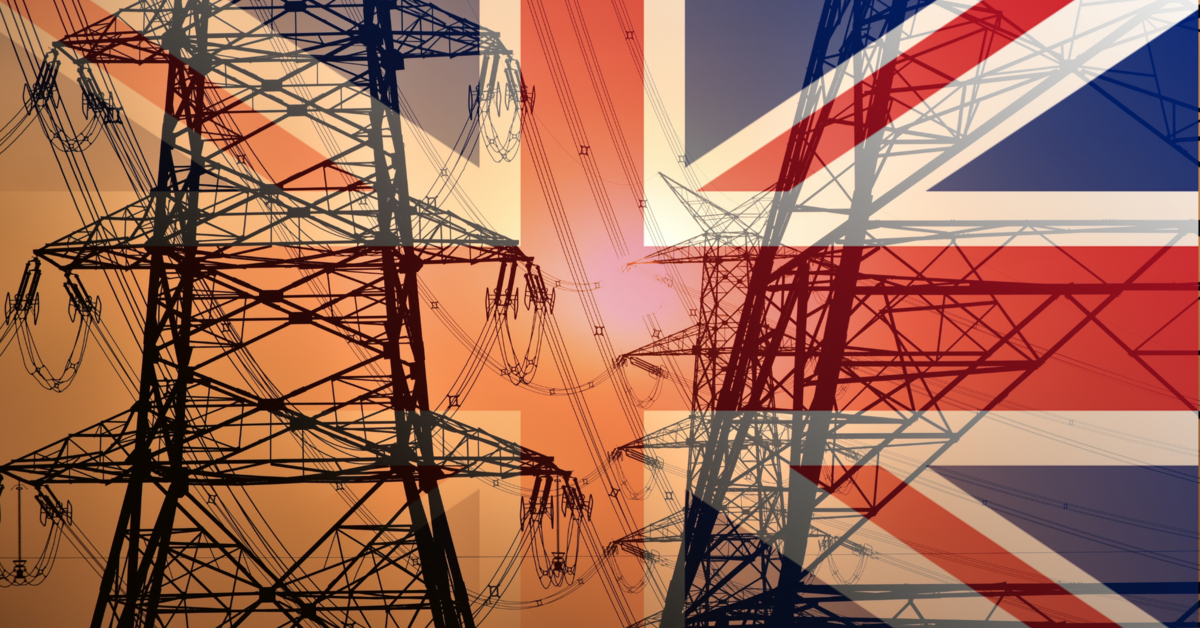EGA Five Facts to Know: The Carbon Border Adjustment Mechanism
The European Union announced last month a landmark agreement on a pollution tax for imports, known as the Carbon Border Adjustment Mechanism (CBAM). The agreement still needs to be confirmed by EU member states and adopted by the European Parliament before it is final, but the core parts of the deal – and implications for businesses – are beginning to take shape. Here are five facts to know about the CBAM:
1. The CBAM Uses Trade Policy to Reduce Emissions
The European Union’s CBAM is a policy that applies a tax or tariff on imported goods based on the carbon emissions associated with their production. This helps to level the playing field between domestic and foreign producers and incentivize the use of low-carbon production methods.
The tax helps to address the issue of carbon leakage, which occurs when companies relocate their production to countries with less stringent carbon pricing policies to avoid the costs of reducing their greenhouse gas emissions. In doing so, it encourages non-EU countries to implement carbon pricing schemes and develop lower-carbon products and technologies.
2. CBAM is a Core Component of Europe’s Climate Efforts
The CBAM is a continuation of the EU’s drive to become a leader on climate action. It is a key component of the EU’s legislative package known as “Fit for 55,” which seeks to reduce CO2 emissions by 55% by 2030. This legislative package helps to align the EU with its climate ambitions to reach net zero emissions by 2050, as stated in the European Green Deal.
The CBAM is connected to the EU emission trading system (ETS) and prices will reflect the price of carbon in the ETS system. This development makes the EU the first region to implement such initiatives in the world.
3. CBAM is Expected to Come into Effect This Year
The CBAM is expected to come into effect in October 2023. It will be unveiled in multiple phases. At first, it will only require companies to collect and report their emissions data. CBAM will require companies in affected sectors to begin to comply with emissions requirements by January 1, 2026.
4. Some Details are Still in Flux
The CBAM will initially apply first to some of Europe’s most energy-intensive industries: iron, steel, cement, fertilizers, aluminum, electricity and hydrogen. But the full list of products and sectors will most likely be growing after the pilot phase. Other products expected to be included in the 2030 perspective include plastics and chemicals, as well as all other items covered in the EU ETS.
Another issue in flux is the phase out of free allowances for CBAM. Currently, companies in the EU receive a certain number of free carbon allowances, and have to pay for any additional emissions that the allowances do not cover. These allowances are set to phase out after October. Thanks to the border mechanism, all EU installations will be paying the ETS price, thus importers as well. That solution helped to wave the legal concerns over WTO rules.
5. The Deal Has Seen a Mixed Response in Third World Countries
Europe’s border tax has spurred other governments to explore similar plans. The British are already introducing a similar measure, while Japanese, and Canadian governments are all considering similar approaches to carbon taxes at the border. The US Congress has introduced over a dozen bills to include some version of a carbon tariff.
Meanwhile, the CBAM has reignited some trade tensions with other governments. The Wall Street Journal reports that officials from 19 countries raised concerns about the CBAM at the WTO last November. In response to CBAM, Chinese President Xi Jinping said, “Tackling climate change…should not become an excuse for geopolitics, attacking other countries or trade barriers.”



